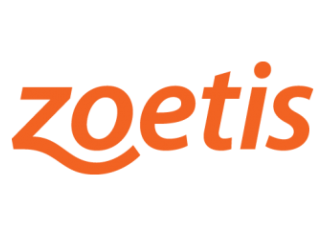Next-generation AI is transforming research and development by enabling:
- Scalable insights from multi-modal datasets
- In silico experimentation powered by machine learning and foundation models
- Generative AI for novel molecule design
- Automated workflows through agentic systems and robotics
These innovations are already accelerating speed and reducing cost in R&D. But beyond efficiency, AI presents a deeper opportunity: advancing scientific understanding of diseases and drugs. By keeping human scientists actively in the loop, AI can provide oversight, foster discovery, and open entirely new therapeutic avenues.
In this session, we will explore how modern AI tools can “close the knowledge loop”—moving from automation and efficiency toward true scientific insight and discovery.

Chris Anagnostopoulos
Chris Anagnostopoulos is a Technology Fellow Partner at McKinsey, and leads McKinsey/QuantumBlack’s work in Scientific AI. He is a responsible for methodological innovation and solution design, and acts as a catalyst for the adoption of state-of-the-art AI solutions for biopharma R&D. Prior to joining McKinsey/QuantumBlack, he was Founder and CEO of an AI consultancy, and Director of R&D in a 100+ London-based tech company building programming languages for AI. He holds an MSc in AI and a PhD in Statistical Machine Learning, is a Chartered Statistician with the Royal Statistical Society and an Honorary Associate Professor at Imperial College London.
McKinsey & Company
Website: http://www.mckinsey.com/
McKinsey is a global management consulting firm committed to helping organizations accelerate sustainable and inclusive growth. We work with clients across the private, public, and social sectors to solve complex problems and create positive change for all their stakeholders. We combine bold strategies and transformative technologies to help organizations innovate more sustainably, achieve lasting gains in performance, and build workforces that will thrive for this generation and the next.

